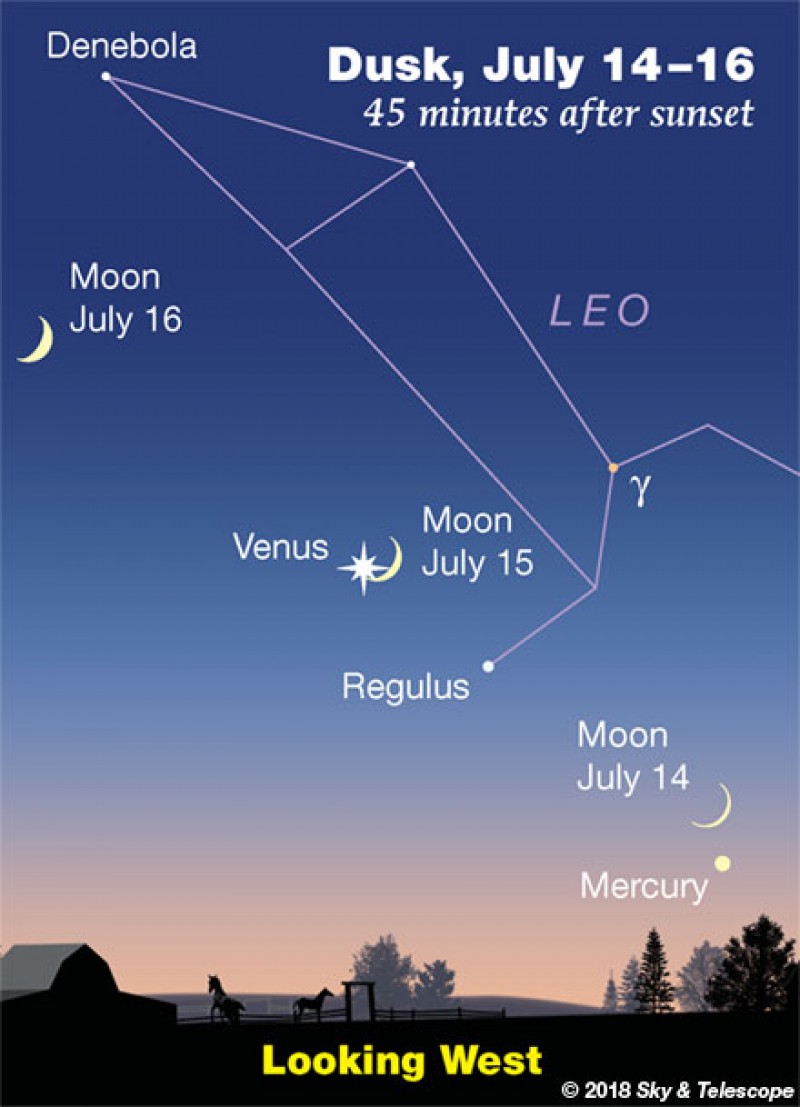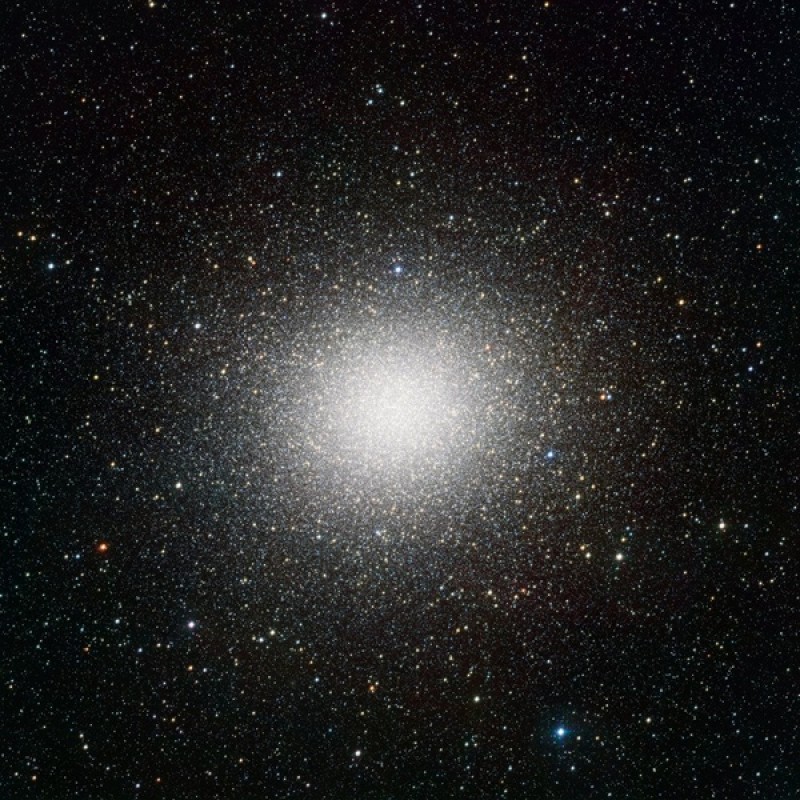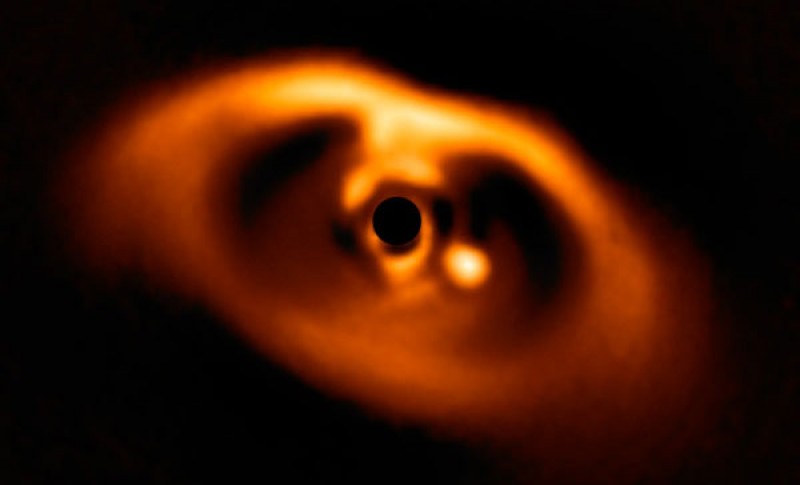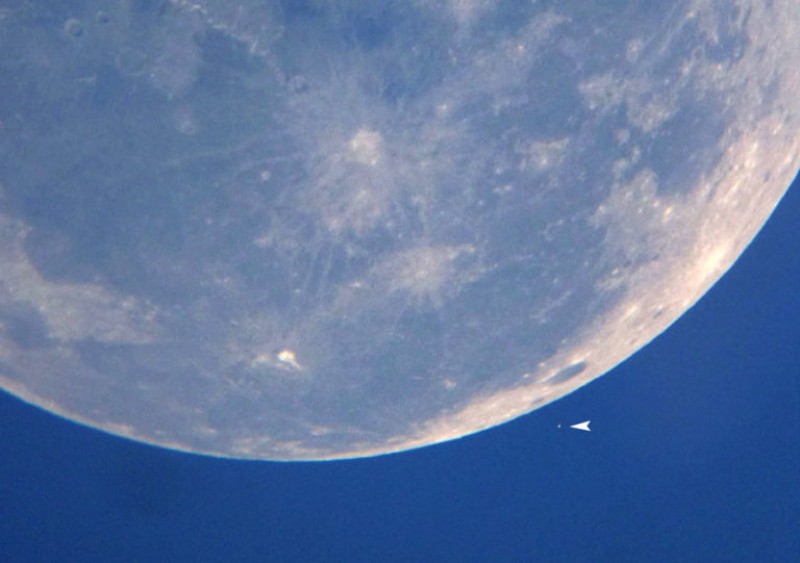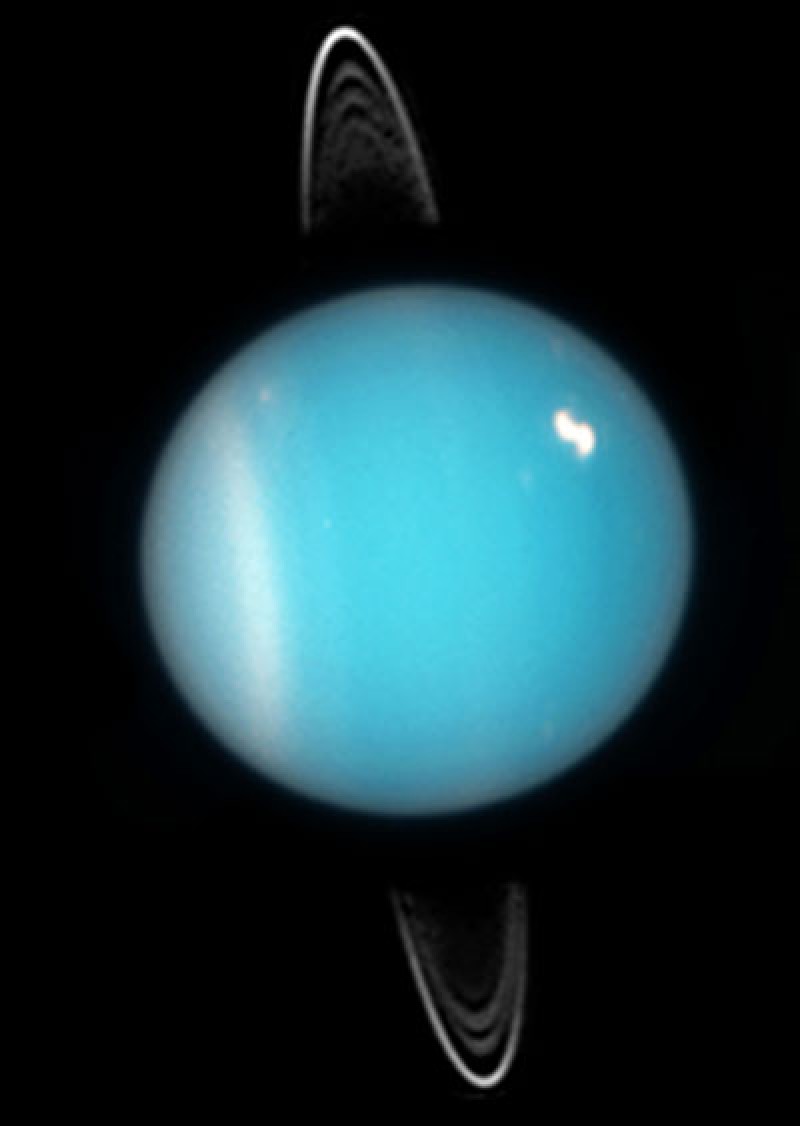Blog
Discovery of a Cosmic-Ray Source Is a Triumph of 'Multimesssenger Astronomy'
Saturday, July 14th 2018 06:46 PM
Cosmic rays travel to Earth at relativistic speeds from deep space, but their origins have puzzled astronomers for over a century. Yesterday (July 12), an international team of scientists announced they had tracked an associated particle back to its origin, revealing for the first time one source of cosmic rays.
The discovery is a triumph of multimessenger astronomy, in which scientists use multiple types of signals — in this case, electromagnetic waves and ghostlike particles known as neutrinos — to probe cosmological questions impossible to answer the old-fashioned (one-message) way.
The multimessenger-astronomy era dawned in October 2017, when researchers announced that they'd observed gravitational waves and light emitted by a pair of merging neutron stars. And the trend continues with the new discovery.
"Today, we're really excited to report [that] now we know something about cosmic accelerators in the joint detection of neutrinos and ga...
Read More
Read More
This Week’s Sky at a Glance, July 13 – 21
Friday, July 13th 2018 04:32 PM
Friday, July 13
• Cassiopeia is now well past its annual bottoming out due north. Look for its W pattern climbing low in the north-northeast after dark. The farther north you live, the higher it will be.
Saturday, July 14
• As twilight fades, see if you can catch the Moon over Mercury very low in the west, well to the lower right of Venus as shown here. Your best view may be about 45 minutes after sunset.
• One hour after sunset, as twilight fades further and the stars are coming out, you'll find the two brightest stars of summer, Vega and Arcturus, about equally near the zenith: Vega toward the east, shining very pale bluish white, and Arcturus toward the southwest, pale yellow-orange.
Sunday, July 15
• Moon and Venus: a lovely couple!Hanging dramatically in the west during twilight will be quite the eye-catcher: Venus and the crescent Moon closely paired. How closely depends on where you are. Seen at the time of dusk in North America's eastern...
Read More
Read More
Blazars Explained
Thursday, July 12th 2018 05:53 PM
On Thursday, researchers announced that they’d caught a single, tiny, high-energy particle called a neutrino that had rained down on Earth from a supermassive black hole some 4 billion light-years away. Astrophysicists are excited because this is only the third identified cosmic object they’ve managed to collect the elusive particles from — first the Sun, then a supernova that went off in a neighboring galaxy in 1987, and now a blazar. So, what is a blazar, anyway? A Cosmic Engine At the center of most galaxies — including our own Milky Way — there’s a gargantuan black hole that can have the mass of millions or even billions of Suns. In some galaxies, this supermassive black hole may collect a swirling disk of gas, dust and stellar debris around it to eat from. As material in the disk falls toward the black hole, its gravitational energy can be converted to light, making the centers of these galaxies ver...
Read More
Read More
Lunar Landscapes Love Affair
Wednesday, July 11th 2018 04:11 PM
I was recently asked a question that caught me off guard: "Why, after doing it for more than half a century, do I still image the Moon?" The question caught me off guard primarily because I simply think, “This is what I do! It is my niche in astronomy.” But the more I thought about the question, the more intrigued I became by it. After all, taking close-up photos of the Moon is not something many people do, and over the years I seem to have become good at it. The more I thought about it, the more I knew there had to be some underlying reasons for my loony... er... lunar activity.
It is true that NASA's spacecraft have imaged the Moon in orders of magnitude greater detail than I can achieve with my backyard telescope. From my earthly perspective, I can often achieve about a kilometer resolution on the Moon. NASA achieves under one-meter resolution with its Lunar Reconnaissance Orbiter. Science alone is obviously not the reason for my Moon p...
Read More
Read More
Globular clusters might be younger than we thought
Tuesday, July 10th 2018 03:53 PM
The Milky Way globular cluster Omega Centauri contains stars that are currently estimated to be between 10 billion and 12 billion years old.
ESO/INAF-VST/OmegaCAM; Acknowledgement: A. Grado, L. Limatola/INAF-Capodimonte Observatory
Globular clusters are spherical associations of old stars, thought to have formed during the earliest days of our universe, nearly 14 billion years ago. They contain some of the oldest stars in our galaxy, and the same appears true for other galaxies as well. But new research led by astronomers at the University of Warwick is now challenging this belief, showing that globular clusters may be a full 4 billion years younger than previously thought. Published May 24 in Monthly Notices of the Royal Astronomical Society, the paper states that globular clusters may be closer to 9 billion years in age than the previously measured value of 13 billion years. How did this age discrepancy arise? The age of globular clusters has...
Read More
Read More
First Confirmed Image of Newborn Planet
Monday, July 9th 2018 07:50 PM
Our understanding of planet formation is often shrouded in theoretical models. But now, scientists have directly observed a new planet in the gaseous disk around a young star about 370 light-years from Earth.
The SPHERE instrument on the Very Large Telescope in Chile imaged the newborn planet PDS 70b.ESO / A. Müller et al.
The search for new planets often starts with a survey of the heavenly regions where stars are born. Scientists at the Max Planck Institute for Astronomy (MPIA) in Heidelberg, Germany were doing just that when they focused their attention on the young star PDS 70. At 5 million to 6 million years old it is still accreting mass from its surrounding disk of gas and dust. The star —which is about the size of our Sun — was first discovered in 1992, but scientists using the Very Large Telescope’s SPHERE instrument hoped to see new details in its disk. To their surprise, they found a gap — a dark path — in the middle of the...
Read More
Read More
Wheel-spoke Magnetic Field in Supernova 1987A
Saturday, July 7th 2018 06:05 PM
Supernova 1987A was the first stellar explosion witnessed with unaided eyes in more than 400 years. Its brightness, with a peak apparent magnitude of +2.9, was due in part to its proximity, as it's located in the Milky Way's largest satellite galaxy, the Large Magellanic Cloud. In the decades since its discovery, SN1987A has provided astronomers with a practically backyard laboratory to investigate how supernovae accelerate particles to speeds undreamed of by Earthbound physicists.
Taken in 2006, this Hubble image shows the region around SN 1987A. The most prominent feature is the light-year-wide ring, where the supernova's shock wave slammed into clumps of material, causing them to glow as hotspots. The two bright objects are a pair of stars in the Large Magellanic Cloud.
Now, Giovanna Zanardo (University of Western Australia) and colleagues report the first-ever map of the magnetic field that courses through the hot gas surrounding the collapse star. The results appear in t...
Read More
Read More
Don’t Miss Aldebaran’s Last Occultation Till 2033
Friday, July 6th 2018 06:39 PM
Forty-nine consecutive months. That's how many times the Moon will have covered the bright star Aldebaran when the current series of occultations — begun on January 29, 2015 — ends on September 3rd. If you haven't seen one of these stunning stellar cover-ups, Tuesday morning, July 10th, will be your last chance until the next series begins in 2033.
On July 29, 2016, the waning crescent Moon grazed Aldebaran for those positioned in just the right locations. These images were acquired 0.1 second apart; south is up.Bob Sandy / IOTA
During its 18.6 year nodal cycle, the Moon weaves between 5.1° north and south of the ecliptic because of its inclined orbit, putting it within reach of four first magnitude stars: Spica, Antares, Aldebaran and Regulus. Of these, Aldebaran is the brightest at magnitude 0.9. Because Aldebaran lies 5.5° south of the ecliptic, the Moon should theoretically pass nearly ½° north of the star every go-r...
Read More
Read More
60-Second Astro News: Impact Shaped Ice Giant, Jupiter’s Moons Cause Complicated Aurorae & Eta Carinae, the Cosmic Ray Gun
Friday, July 6th 2018 06:35 PM
Cataclysmic Impact Shaped Evolution for Ice Giant Uranus
The Hubble Space Telescope captured this shot of Uranus in 2005. NASA / ESA / and M. Showalter
Scientists have long known that the strange tilt of the Uranus could only be explained by a terrific impact. Uranus is unlike any other solar system planet in that it’s tipped on its side: The ice giant spins at right angles to the plane in which the planets orbit, so that its poles take turns basking in sunlight. Now, Jacob Kegerreis (Durham University, UK) and colleagues have used high-resolution computer simulations of more than 50 different impact scenarios to see how this could have occurred.
The team concludes that the collision, which took place roughly 4 billion years ago, was probably with a rock-and-ice protoplanet at least twice Earth’s mass. Even though the impact was powerful enough to knock the planet over, Uranus managed to hold on to most of its gaseous atmosphere. Some of the lost atmosphere may...
Read More
Read More
Cosmic red, white, and blue
Tuesday, July 3rd 2018 05:41 PM
This beautifully (and patriotically) colored image of the Eagle Nebula (Messier 16/NGC 6611) was recently featured as an Astronomy.com Picture of the Day. The heart of the Eagle Nebula contains the famous Pillars of Creation.
Astronaut Scott Kelly took this patriotic photograph in the cupola of the International Space Station in celebration of Flag Day June 14, 2015.
This multi-wavelength image of the Helix Nebula (NGC 7293) renders the planetary nebula, which circles a dying star, in the colors of the American flag.
NGC 3576 is also called the Statue of Liberty Nebula; if you look closely, you can see America's iconic Lady Liberty standing tall within its depths.
The famous Horsehead Nebula (Barnard 33/IC 434), located in the constellation Orion, is a dark nebula currently undergoing star formation. To the lower left of the easily identifiable Horsehead is NGC 2023, a reflection nebula 4 light-years across.
This infrared image o...
Read More
Read More

